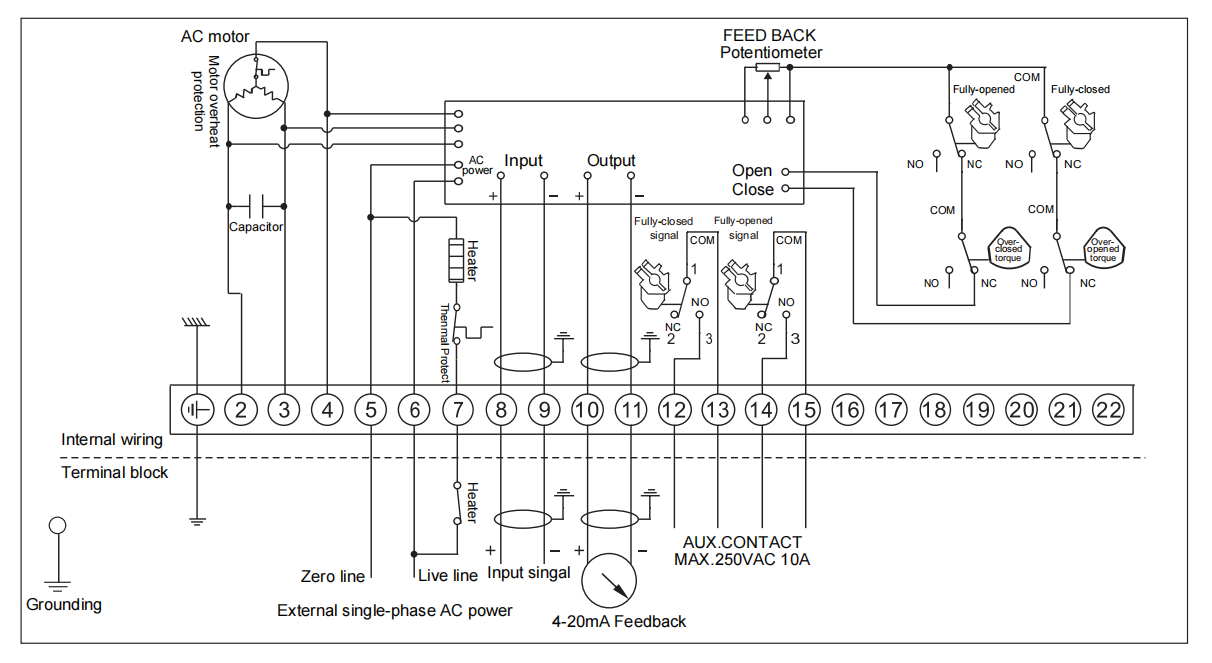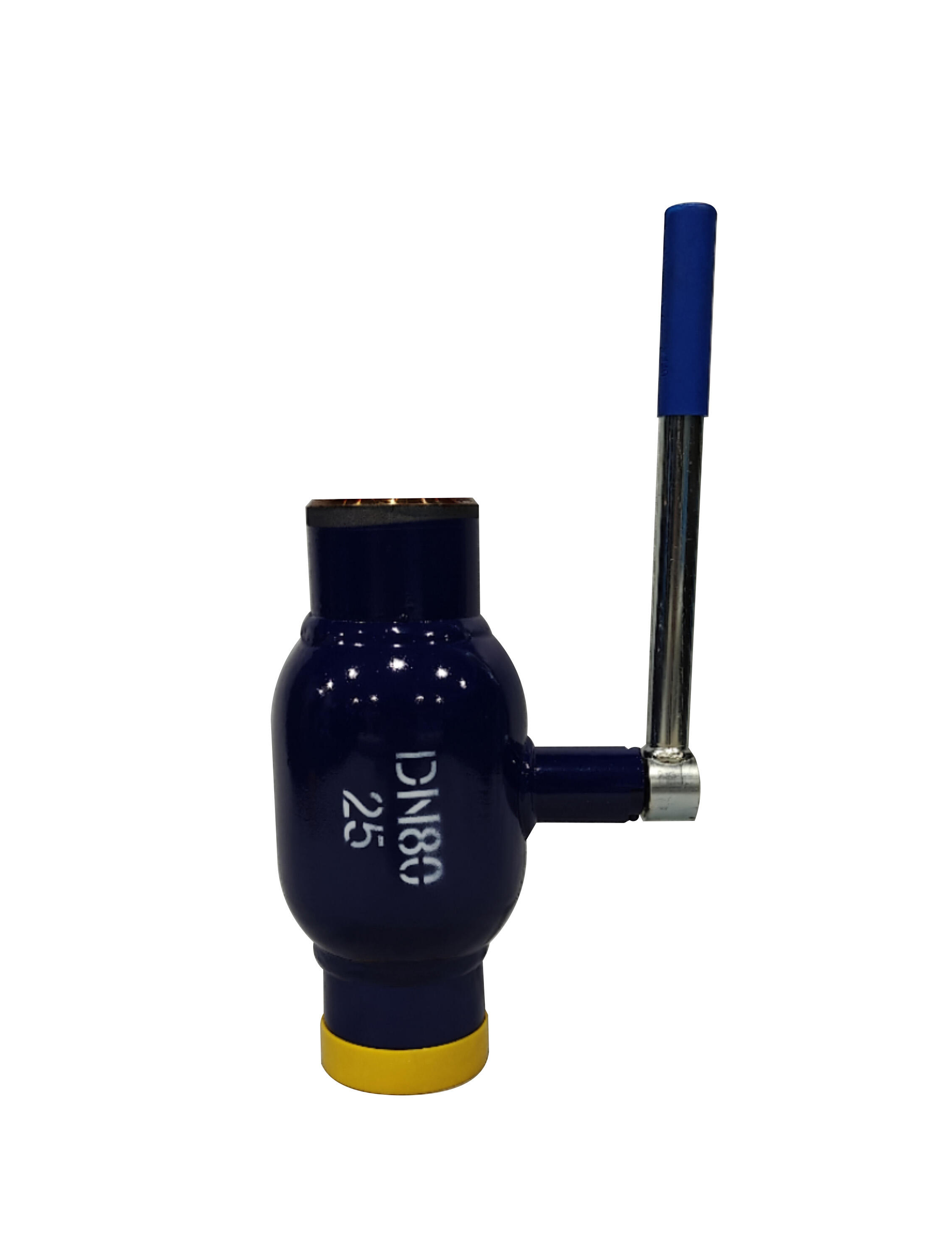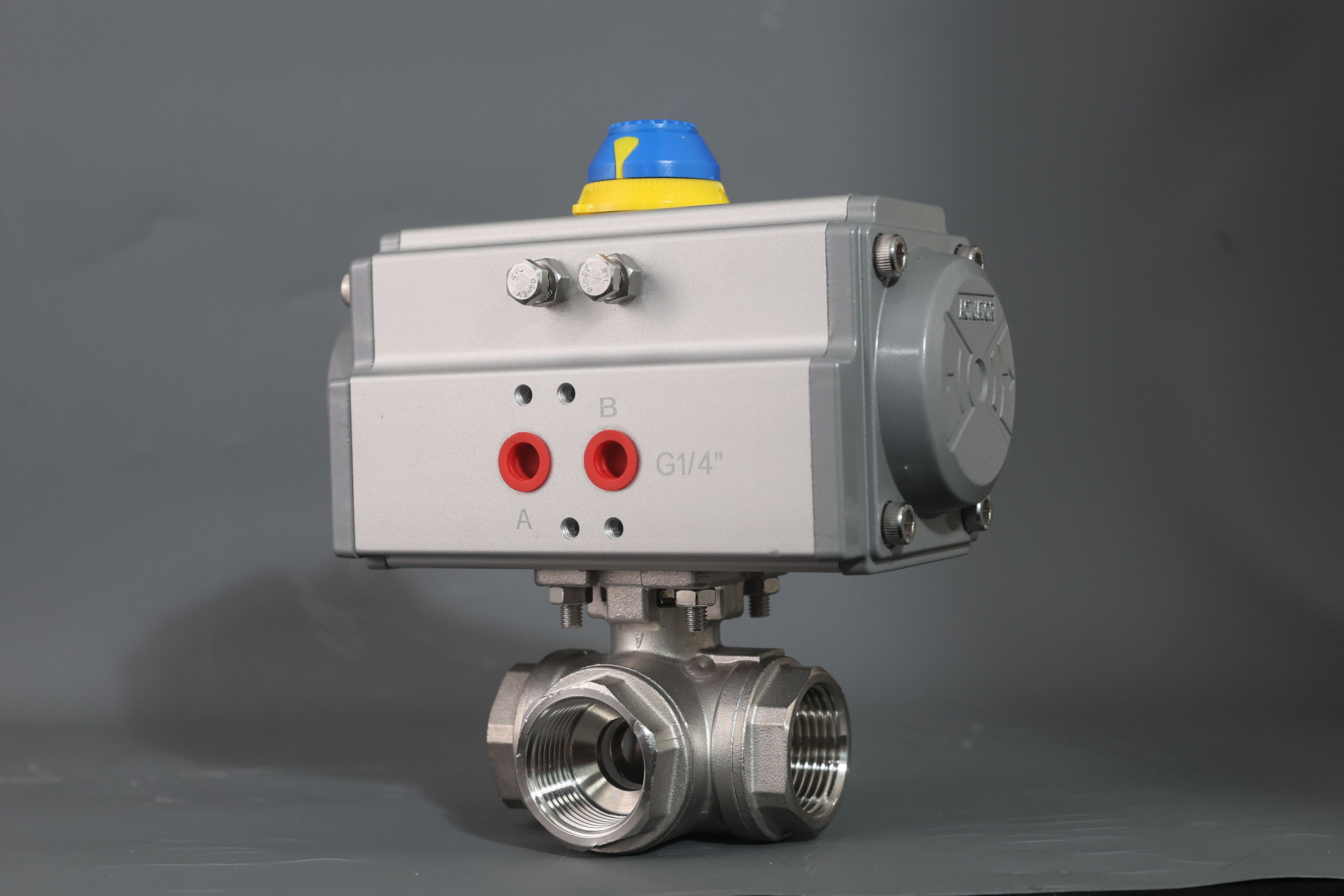safety pressure relief valve sizing
Safety pressure relief valve sizing is a critical engineering process that ensures the proper selection and dimensioning of pressure relief devices to protect equipment and systems from overpressure scenarios. This essential process involves calculating the required flow capacity, determining the appropriate orifice size, and selecting the optimal valve specifications based on specific operating conditions. The sizing methodology takes into account various factors including maximum allowable working pressure, set pressure, allowable overpressure, back pressure, and the physical properties of the process fluid. Engineers must consider both normal operating conditions and potential emergency scenarios when determining the appropriate valve size. The process encompasses detailed mathematical calculations, including flow coefficients, pressure correction factors, and critical flow parameters. Modern sizing techniques often utilize specialized software tools that incorporate industry standards such as API 520 and 521, ensuring compliance with safety regulations while optimizing valve performance. The application of proper sizing extends across numerous industries, including chemical processing, oil and gas, power generation, and pharmaceutical manufacturing, where pressure relief systems play a crucial role in maintaining safe operations.


